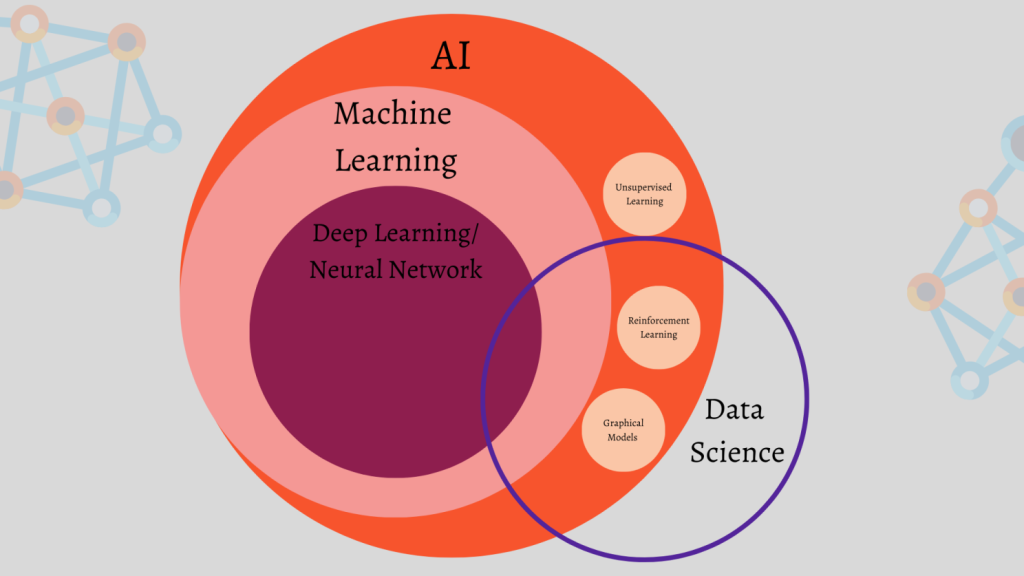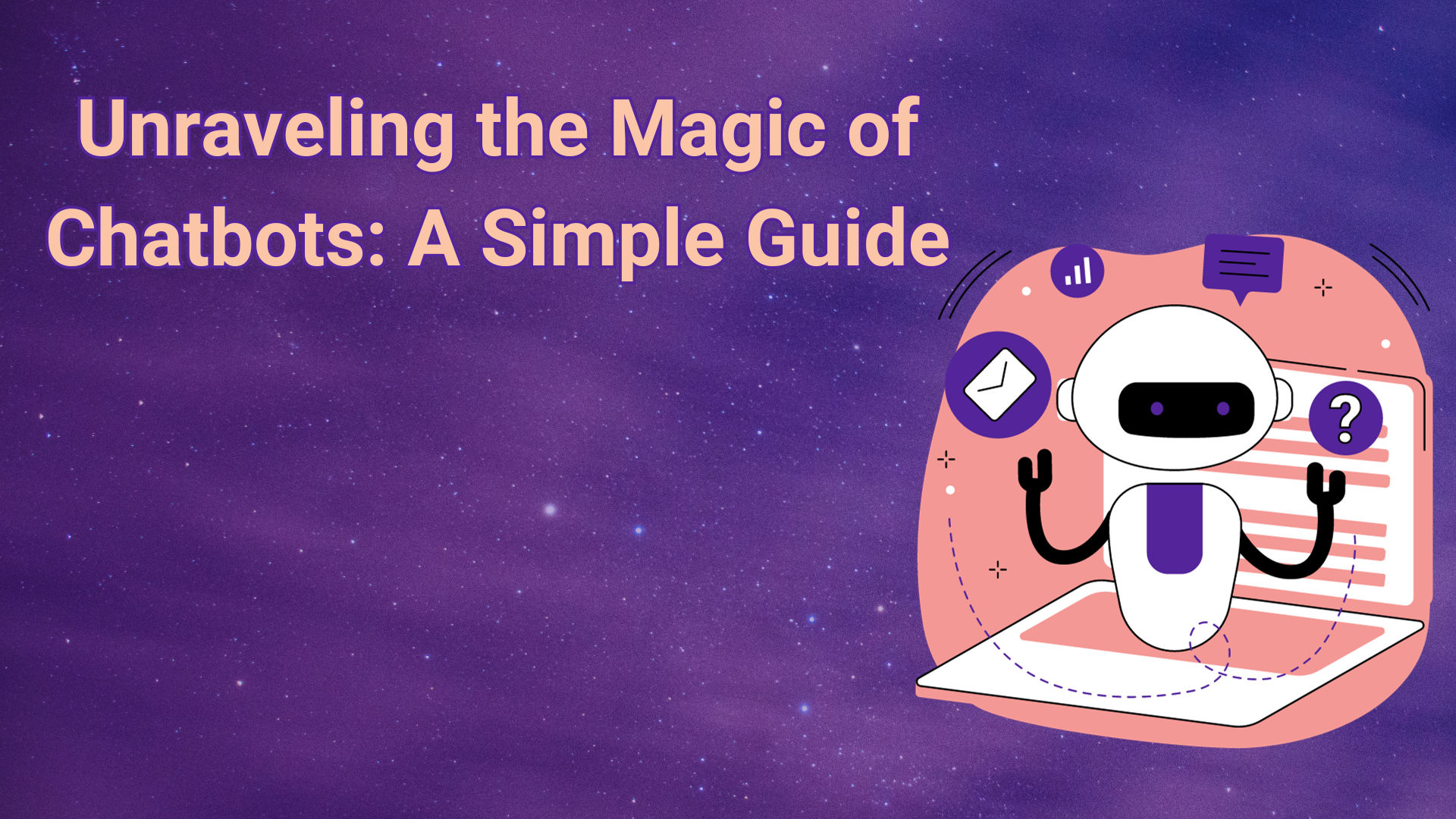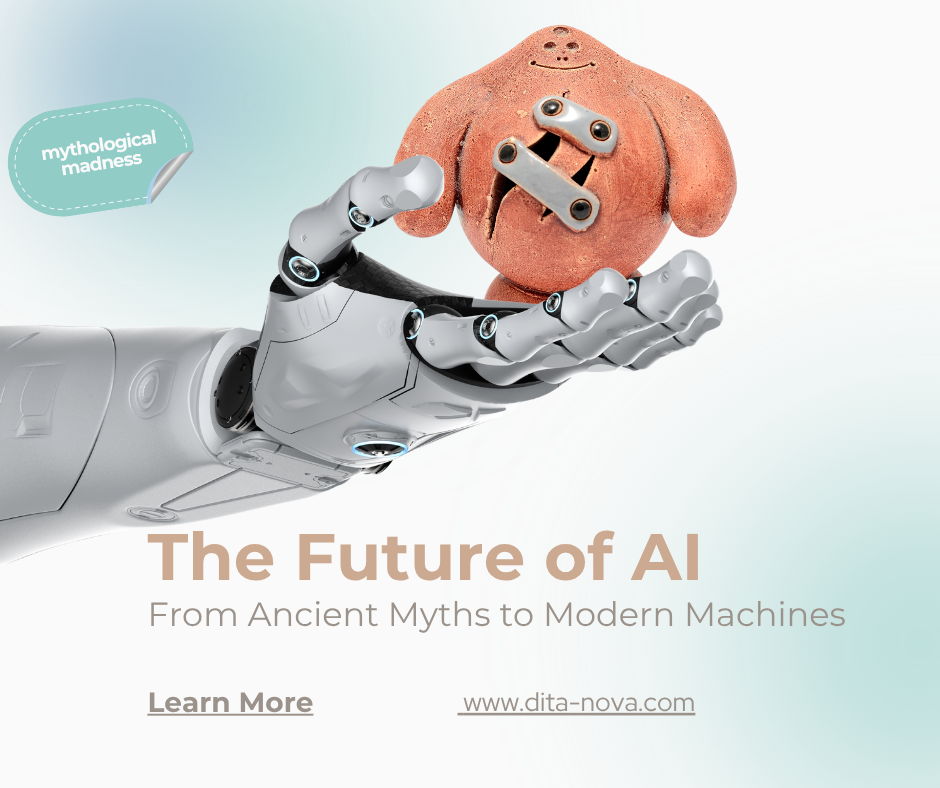
In the dynamic field of Artificial Intelligence (AI), terms like Machine Learning, Data Science, Deep Learning, and Neural Networks are often used interchangeably, leading to confusion. In this article, we will break down these concepts to provide you with a clear understanding of each.
1.Machine Learning:
In 1959, Arthur Samuel defined machine learning as a concept that allows computers to learn, much like how we humans learn from experience, without needing explicit programming. Think of it as teaching a computer to make sense of things and make decisions based on patterns it finds in data, even if you’re not a computer whiz. For example, it’s like showing a computer a lot of past stock market data, and it learns this to predict future trends by recognizing patterns, similar to how you might predict the weather by looking at the sky.
Field of study that gives computers the ability to learn without being explicitly programmed. -Arthur Samuel (1959)
2.Data Science:
Data Science put simply, is like being a detective for numbers. It’s about digging through heaps of data to find hidden treasures of knowledge. Imagine you have a massive collection of information about the stock market, not just numbers, but all sorts of details. Data Science is the tool that helps us clean, sort, and make sense of it all. It’s like having a super-powered magnifying glass that lets us uncover valuable insights and make informed decisions.
Example:
Imagine using historical stock market data to build a model that learns to identify patterns indicating potential shifts in prices. Machine Learning algorithms excel at this, continuously refining predictions as they encounter new data. On the other hand, Data Science encompasses a broader spectrum, involving tasks like cleaning, processing and analyzing vast datasets. In the financial sector Data Science is a tool utilized for informed decision-making.
3.Deep Learning/Neural Networks:
Alright, let’s dive into the world of Deep Learning and Neural Networks!
Deep Learning is like having a super brain for your computer. It’s a bit like how our brains process information, but in this case, it’s all happening inside a machine. Now, when we talk about Neural Networks, think of them as the building blocks of this super brain. They’re made up of interconnected nodes, just like the neurons in our brains.
Here’s the fun part: Deep Learning and Neural Networks are pretty much interchangeable terms. It’s like calling a car an automobile – they mean the same thing. So, whether you hear about Deep Learning or Neural Networks, know that we’re talking about the same fascinating world of machines learning and processing information in a deep, intricate way.
4. AI Tools Buzzwords (you might have heard of)
You might have also heard about Unsupervised Learning, Reinforcement Learning, Graphical Models, and Knowledge Graphs.
- Unsupervised Learning: Self-guided adventure for computers. Data is explored without specific instructions, uncovering hidden patterns and relationships on its own.
- Reinforcement Learning: The computer learns by taking actions in an environment and receiving feedback in the form of rewards or penalties.
- Graphical Models: Think of Graphical Models as maps for probabilities. They help computers navigate complex relationships between different variables, making sense of intricate networks of information.
- Knowledge Graphs: Imagine a digital encyclopedia that connects information like a web. Knowledge Graphs organize data, making it easier for computers to understand the relationships between various pieces of information.
These are all powerful tools in the world of AI, each bringing its unique strengths to the table. Understanding these concepts sets the stage for delving deeper into the fascinating world of artificial intelligence!
In this journey, we’ve unveiled the secrets behind these AI concepts, providing a compass for navigating the AI terrain.
Whether you’re a tech enthusiast or a curious beginner, understanding these fundamentals equips you to venture further into the captivating realm of artificial intelligence. So, embrace the future of AI, where the possibilities are as vast as your curiosity!
💡 Want more AI insights?
Explore our full collection of AI articles— from ChatGPT tutorials and prompt engineering to productivity hacks and tool comparisons. Whether you’re a beginner or looking to automate more of your work, there’s plenty to discover.



